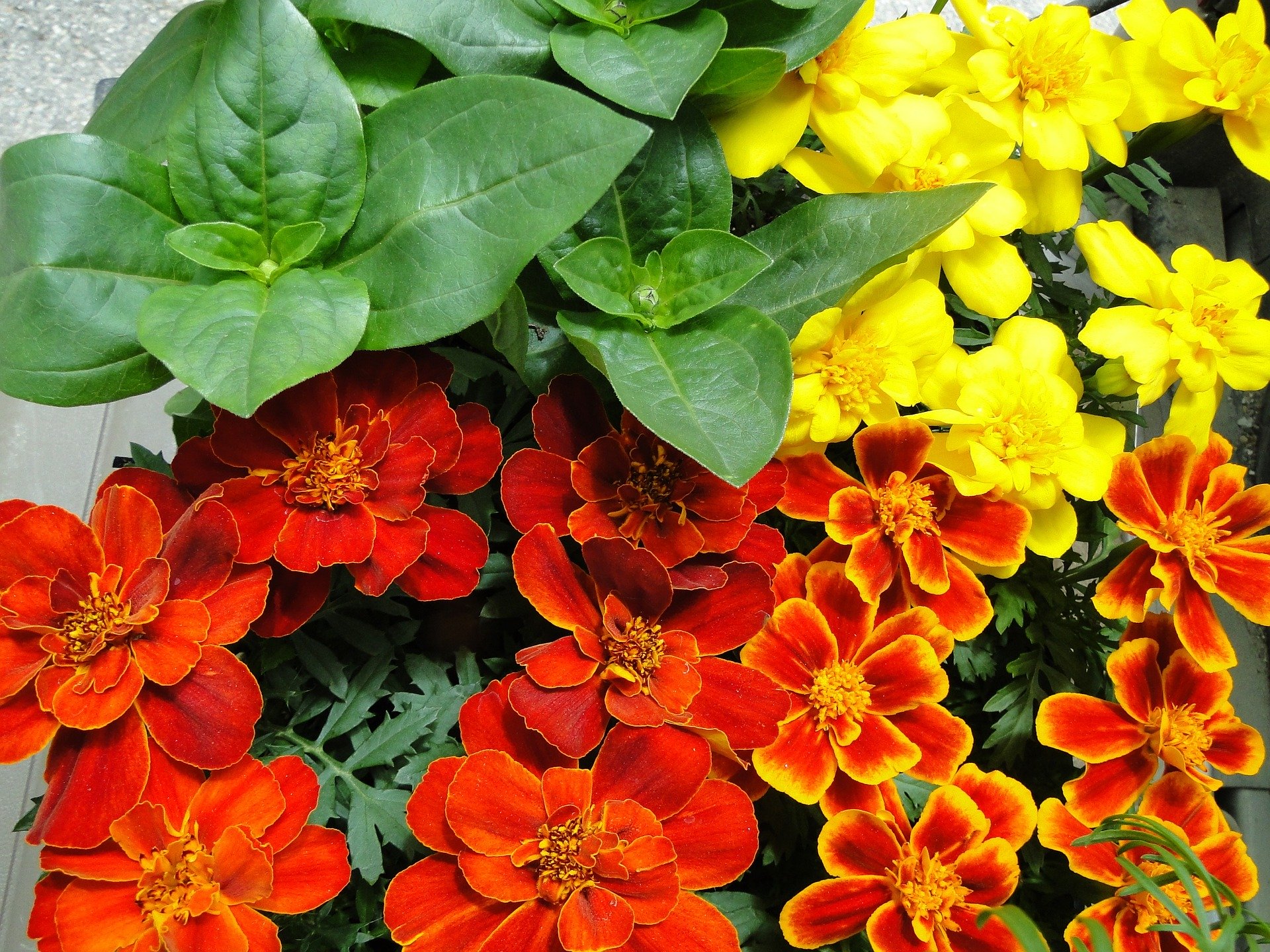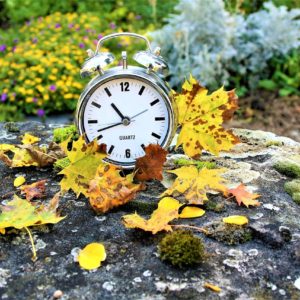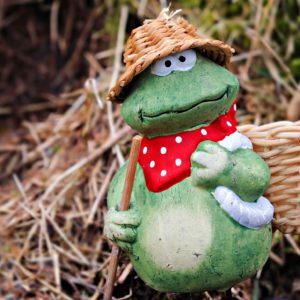Recently, I was taking a break from flower bed digging and ditch digging and decided that I really needed to make a secondary sowing of flower seeds. I keep my seed packets organized by year of expiry, which helps me choose what to sow in any given year and allows me to focus on selecting a good balance of annuals and perennials.
Selecting what to sow can be a mind-boggling task. Besides the type of plant (annual, perennial and bi-annual), there’s also the growing height and flowering season to manage and take into consideration when thinking about where your seedlings will be placed in the garden.
I decided to sow Lupins, Calendulas, Ox-Eye Daisies, Mirabilis and Cosmos.
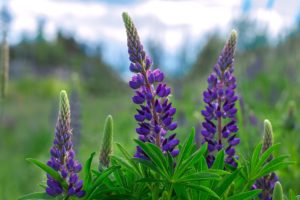
Lupins, I love! I’d sown them my first year here and then given some of my seedlings away to a nice lady in the village. Mine didn’t survive as I hadn’t properly understood the consequences of wild rabbits in the surrounding moor. Last summer, however, the lady called me down to have a look at her flower beds – they were beautiful and really showed what a fabulous cottage garden in this part of Scotland could look like. On closer inspection I saw that Lupins were one of the structural plants used in her planting scheme. I didn’t ask, but I do wonder if those Lupins were from the seedlings I had given her. So, having not seen rabbits on the go at all this spring, I’ve decided to sow them again.
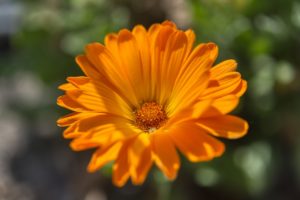

Calendulas and Cosmos I’ve sown before. They do really well for me and are fast growers. They both have long flowering periods and just make me happy in general. Cosmos also has this delicate foliage that I love. While I’ve successfully sown and grown Shasta Daisies, I’ve never had the Ox-Eye variety. Given the success of my Shastas, and the fact that daisies are perennials made the choice easy.

My Mirabilis seeds will expire soon, so they are a pure experiment up here, but the picture of the flowers looks so lovely!
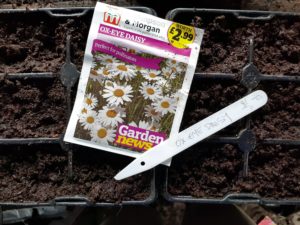
I use moisture retentive compost for my seedling trays and make sure not to make the sowings too deep, nor too shallow. But, because I’m coming across plants I’ve never heard of before, I find that the labeling is the most important part of sowing seeds.
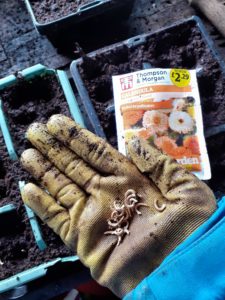
I go a bit further than just writing the name of the flower on the label stick. I also include the expected height of the plant and I include a P if it’s a perennial or an A if it’s an annual. As the garden evolves (flower beds can be either bigger or smaller than initially thought, potting displays might suddenly become do-able or preferred in some areas, and pests may emerge in some other areas) I find that I need more information than just the plant name when sorting through my seedlings.

